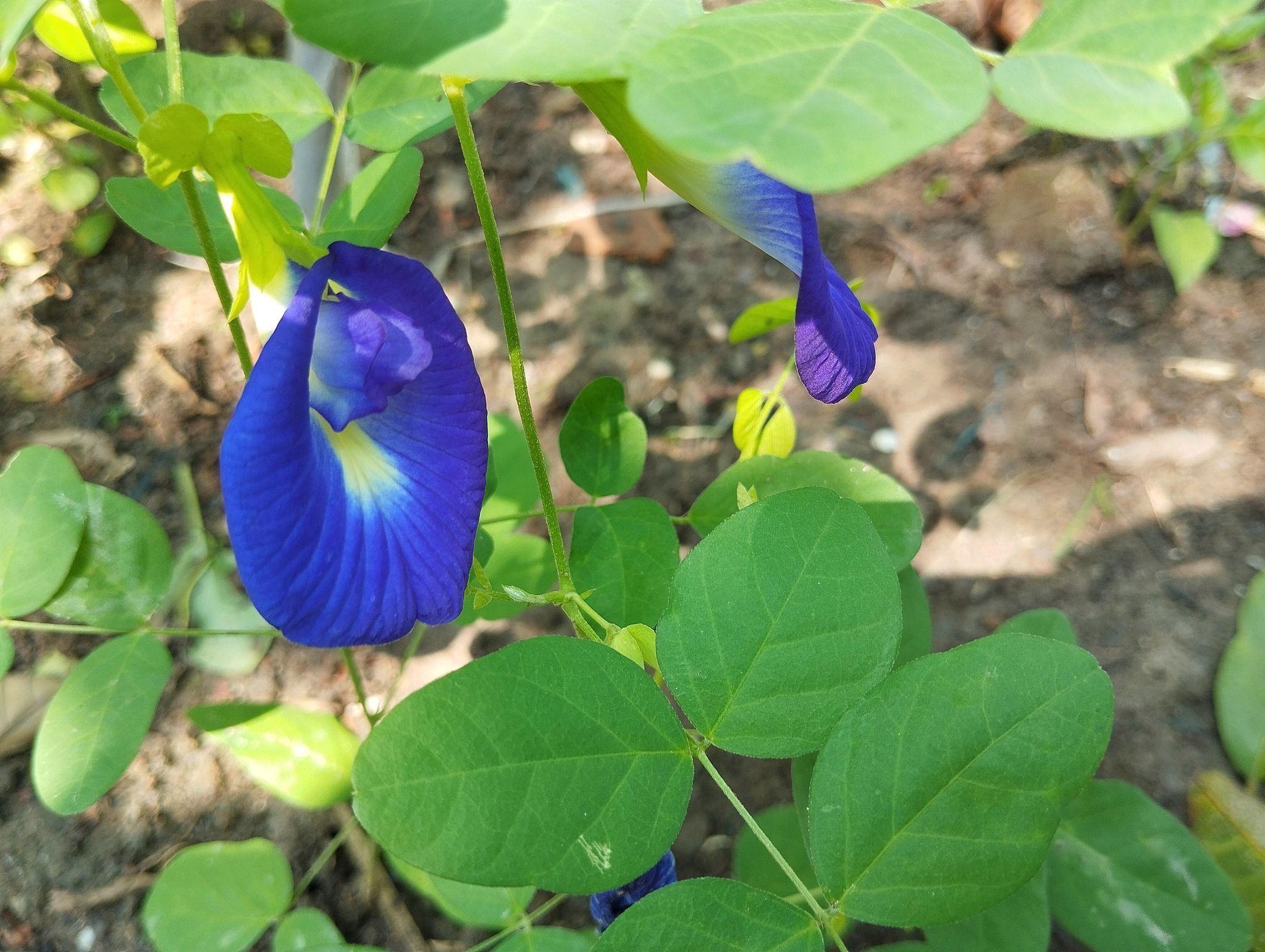DIY Natural Dyes: Creative Projects with Plant Extracts
Introduction to DIY Natural Dyes
Exploring the world of DIY natural dyes opens up a realm of creativity and sustainability. Derived from plants, these dyes offer vibrant colors without harmful chemicals. Whether you're new to dyeing or an experienced crafter, using plant extracts for your projects can be both fulfilling and eco-friendly.

Benefits of Using Natural Dyes
Natural dyes are not only environmentally friendly but also safe for personal use. They can be easily sourced from your garden or local market, making them accessible and cost-effective. By choosing plant-based dyes, you're contributing to a healthier planet and avoiding the toxins found in synthetic options.
Additionally, natural dyes often have unique hues that change subtly over time, adding character to your creations. This variability makes each piece you dye truly one-of-a-kind.
Popular Plants for Dyeing
Many plants produce beautiful dyes. Here are some popular options:
- Turmeric: Yields a bright yellow color.
- Beets: Produces a range of pink to deep red shades.
- Red cabbage: Offers blues and purples when altered with pH changes.
- Onion skins: Provide warm, earthy tones ranging from orange to brown.
Preparing Your Fabric
Before you start dyeing, it's crucial to prepare your fabric properly. This process involves washing the fabric to remove any chemicals or finishes and treating it with a mordant. Mordants, such as alum or vinegar, help the dye bond with the fabric, ensuring longer-lasting colors.

Creating the Dye
Making your natural dye is a straightforward process:
- Chop or grate your chosen plant material.
- Boil it in water for about an hour, allowing the pigment to infuse the liquid.
- Strain the plant material, leaving you with a vibrant dye bath.
For those seeking deeper colors, let the fabric soak longer in the dye bath. Experimentation is key, so don't hesitate to try different concentrations and combinations.
Application Techniques
There are various techniques to apply natural dyes, each offering unique effects:
- Immersion dyeing: Submerge the entire fabric for even color.
- Shibori or tie-dye: Fold and tie the fabric to create patterns.
- Eco-printing: Arrange leaves and flowers on the fabric, then steam to transfer their pigments.

Caring for Naturally Dyed Fabrics
To maintain the vibrancy of your naturally dyed fabrics, wash them in cold water with a mild detergent. Avoid direct sunlight when drying, as this can cause colors to fade. Proper care will ensure your creations stay beautiful for years.
Conclusion
DIY natural dyes provide a sustainable, creative outlet that connects us with nature. The process of gathering materials, experimenting with colors, and crafting unique pieces is deeply rewarding. As you embark on your dyeing journey, remember that each project is an opportunity to learn and grow, both artistically and environmentally.
